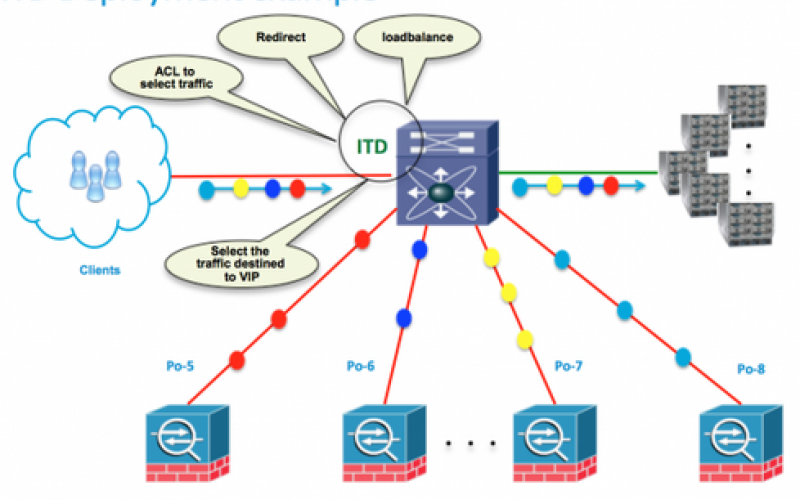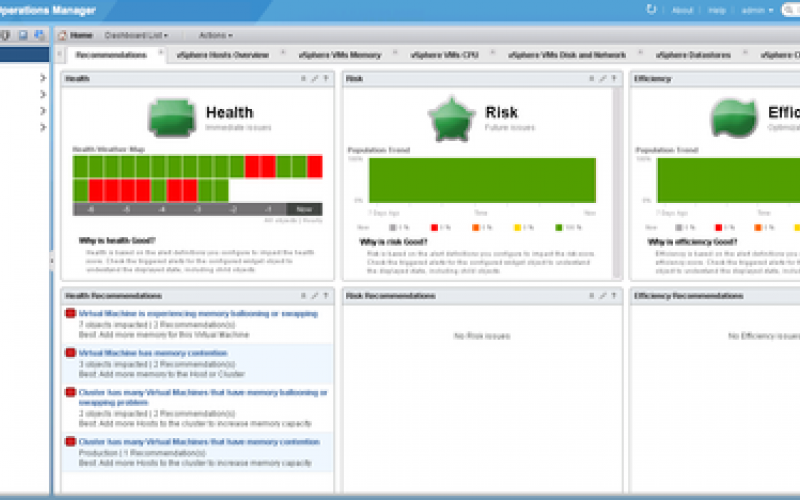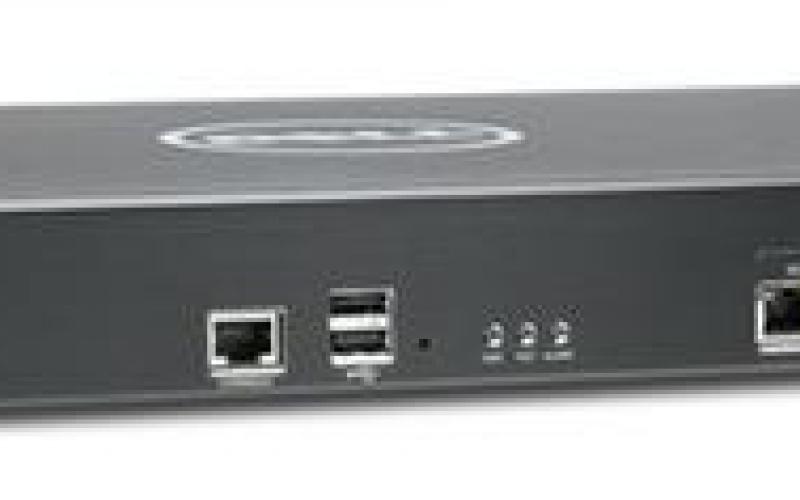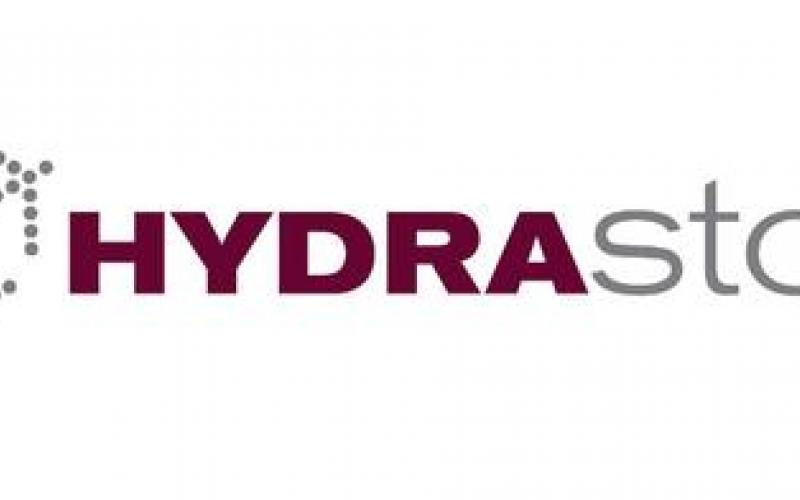Performance, Management & Monitoring Winner
VMware vRealize Operations 6
The single pane of glass is the ideal goal of IT management tools. Like Tolkiens One Ring, its the master system that allows for perfect visibility into, and ultimate control over, your entire domain. Also like Tolkiens One Ring, the single pane of glass is a fiction.
But even though you cant go full Sauron over your data center with a single product, you can minimize the number of panes through which you view and manage your environment.
VMwares goal for vRealize Operations 6 is to be a general-purpose tool to manage heterogeneous data center and cloud environments. To that end, version 6 (formerly known as vCenter Operations Management) extends its monitoring and management capabilities beyond vSphere to encompass Hyper-V and KVM hypervisors and Amazon Machine Instances.
Dashboards and reports provide current and historical views into performance, capacity, and configuration metrics across vSphere, Hyper-V, and KVM. Administrators can also take actions on vSphere and third-party hypervisors, such as adding memory or CPU to a specific VM, or changing configuration properties.
Version 6 can also monitor workloads in AWS. It uses Amazons CloudWatch API to grab performance metrics and display them in the vRealize console.
Advanced and Enterprise versions of vRealize Operations 6 also monitor and provide analytics for third-party SAN storage, middleware, and databases, as well as operating systems including Windows, Linux, and Solaris.
Version 6 also represents a full redesign of the platform to support scale-out deployments. vRealize can be deployed as nodes based on performance requirements and the number of objects to be monitored. As the number of objects being managed grows, administrators can add more nodes to support larger data sets.
This scale-out architecture also improves resiliency. If one node goes down, the system can fail over to other nodes to continue operations.
VMwares vRealize 6 may not be the One Ring, but if youre running a heterogeneous environment its worth a look for one of your data centers panes of glass.















